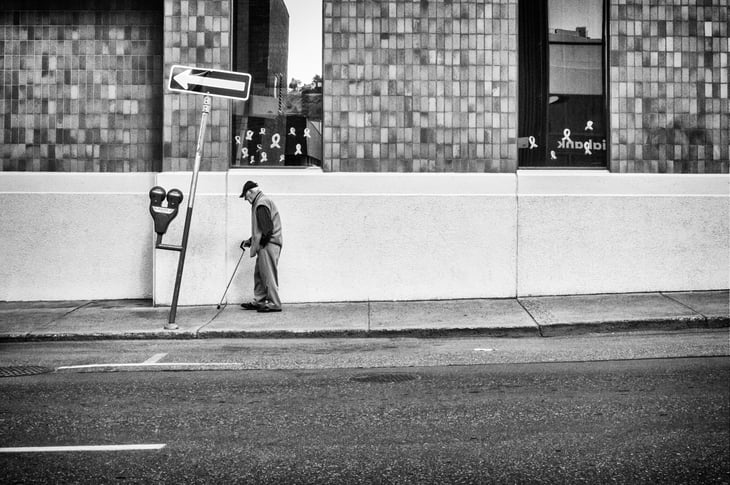Gaslighting typically happens very gradually. In the beginning, the gaslighter’s actions seem harmless, if a little bizarre. Over time, however, abusive behaviors escalate. Subtly dismissive language and loving platitudes give way to mockery and blaming. “I didn’t say anything. You must be hearing things," gives way to “You never take responsibility for your actions,” to “Clearly, I can’t trust your account of things.” You start to doubt your own memories, experiences, and feelings. Friendships frost over. You become quiet, but your mind never stops buzzing.
Gaslighting is an abusive tactic defined by the “systematic attempt by one person to erode another's reality by telling them that what they are experiencing isn't so, and the gradual giving up on the part of the other person.”










